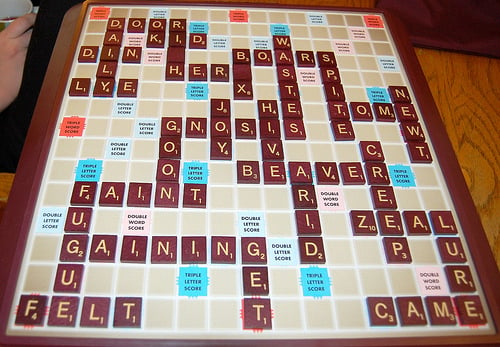Published on
Games In Class? Advancing To The Next Level

It has been noted that “the academic community should pay attention to apps as an important potential factor in children’s mobile learning” (Geist, 2011, p. 760) yet it has been argued that educators need to pick up the gauntlet and adapt their lesson plans to utilize devices such as the Apple iPad and their applications (Geist, 2011, p. 760). In addition, gaming (or simulations in the academic community) (Greene, 2006, p.16), would be utilized to help enable a student to learn the “skills, knowledge, and dispositions that will help them become successful in life” (Greene, 2006, p. 16). However, gaming has also met opposition. Evidence of [entertainment] gaming promoting criminal activity or violence is much weaker than “the evidence that [entertainment] games increase the types of aggression that happen everyday in school hallways” (Thilmany, 2012, p. 20). Furthermore, educational games have been found to be not as “interesting, fun, or good as a mediocre commercial game” (Thilmany, 2012, p. 20).
Based on these findings one may argue that there may not be an easy answer to whether a rule of thumb exists for educators responsibly and effectively using game-based simulations to engage students. Integration of game-based simulations may also depend on the student/educator generational factor. Students today are part of the “net generation” (Geist, 2011, p. 759) and their instructors span generations which may not have the technologies they use in existence. However, game-based simulations do not need to depend on electronic gaming. Traditional board games such as chess have been found to have a positive impact on cognitive abilities (Pearson, 2007) yet “practice [not intelligence] had the biggest effect on chess skill measures” (Bilalić, McLeod, & Gobet, 2007).
With that said, one could conclude that practicing any game whether it is electronic or not may increase a student’s skill set in the desired area. The challenge may be to find commercial simulations that are what students want to practice while providing the skills that educators wish to convey.
References:
Bilalić, M., McLeod, P., Gobet, F. (2007). Does chess need intelligence? — A study with young chess players. Intelligence, 35(5), 457-470. doi:10.1016/j.intell.2006.09.005.
Geist, E. (2011). The game changer: Using ipads in college teacher education classes. College Student Journal, 45(4), 758-768. Retrieved from http://www.proquest.com
Greene, P. (2006). The potential of gaming on K-12 education. Internet@Schools, 13(3), 16-20. Retrieved from http://www.proquest.com
Pearson, T. R. (2009). The effects of learning to play chess on the nonverbal reasoning abilities of grade 5 students. Nipissing University (Canada). ProQuest Dissertations and Theses. Retrieved from http://www.proquest.com
Thilmany, J. (2012). Gaming pros and cons. Mechanical Engineering, 134(3), 20-20. Retrieved from http://www.proquest.com



